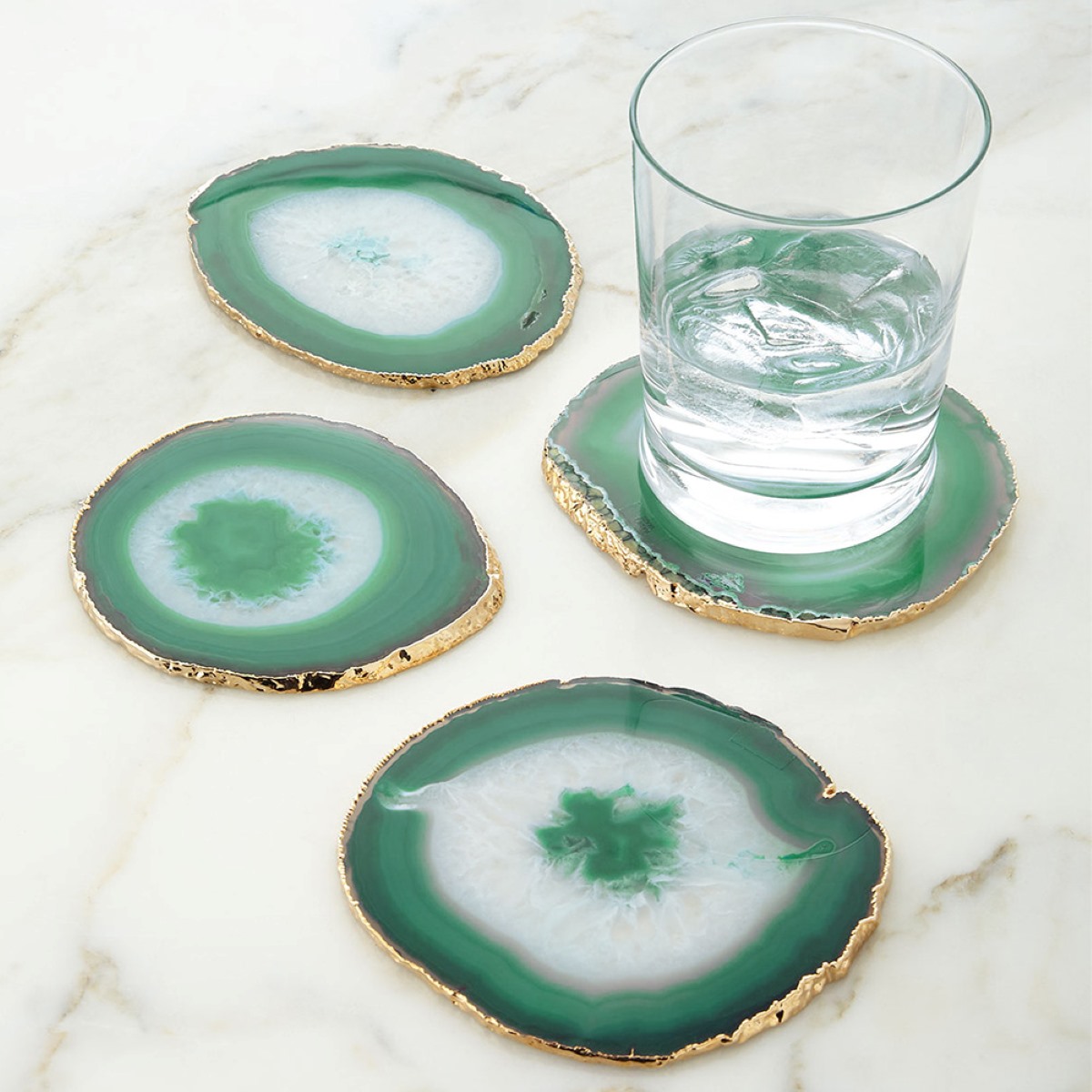

Tableware
How To Clean Stone Coasters
Modified: January 19, 2024
Learn the best methods for cleaning stone coasters and maintaining their beauty. Keep your tableware looking great with these helpful tips and tricks.
(Many of the links in this article redirect to a specific reviewed product. Your purchase of these products through affiliate links helps to generate commission for Storables.com, at no extra cost. Learn more)
Introduction
Stone coasters are not only functional but also add elegance and sophistication to your tableware collection. Made from natural materials such as marble, granite, or slate, these coasters are not only beautiful but also durable. However, just like any other tableware, they require proper cleaning and maintenance to ensure their longevity.
Cleaning stone coasters may seem like a daunting task, but with the right methods and precautions, it can be easily achieved. In this article, we will guide you through the process of effectively cleaning your stone coasters, removing stubborn stains, and even polishing and sealing them for long-lasting protection.
Before diving into the cleaning methods, it is important to mention that different types of stone require different cleaning approaches. Marble, for example, is more sensitive to acidic substances, while granite is generally more forgiving. Therefore, it is crucial to identify the type of stone your coasters are made of before proceeding with any cleaning method.
Now let’s explore the various cleaning methods for stone coasters to help you maintain their natural beauty and ensure they are free from any dirt or bacteria.
Key Takeaways:
- Properly maintaining stone coasters is crucial for preserving their natural beauty and longevity. Understanding the type of stone and choosing the right cleaning method are essential for effective maintenance.
- Incorporating regular cleaning, polishing, and sealing into your stone coaster maintenance routine can enhance their appearance and provide long-lasting protection against stains and spills. Remember to handle them with care and use coasters to prevent damage.
Read more: How To Clean A Stone Floor
Choosing the Right Cleaning Method
When it comes to cleaning stone coasters, it is essential to choose the right method that will effectively remove dirt and stains without causing any damage to the delicate surface. Here are some factors to consider when selecting the appropriate cleaning method for your stone coasters:
- Stone Type: As mentioned earlier, different types of stone have different properties and sensitivities. Marble, for instance, is porous and prone to etching, while granite is more resistant. Determine the type of stone your coasters are made of before deciding on a cleaning method.
- Level of Stains: Consider the severity of stains on your coasters. If they are light, regular cleaning with soap and water might suffice. However, for stubborn and deep-seated stains, you may need to opt for more specialized cleaning methods.
- Safety Concerns: Always prioritize safety when choosing cleaning agents. Avoid using abrasive chemicals or cleaners that contain vinegar or lemon juice, as they can cause damage to certain types of stone. Instead, opt for gentle, pH-neutral cleaners that are specifically formulated for stone surfaces.
- Personal Preference: Lastly, consider your personal preferences and any specific concerns you may have. If you prefer using natural and eco-friendly cleaning solutions, there are plenty of options available that can effectively clean your stone coasters without harming the environment.
By considering these factors and evaluating your specific needs, you can confidently select the most suitable cleaning method for your stone coasters. In the following sections, we will explore some of the most common and effective cleaning methods for stone coasters.
Cleaning Stone Coasters with Soap and Water
One of the simplest and safest methods to clean stone coasters is by using soap and water. This method can effectively remove light dirt, residue, and mild stains. Follow these steps to clean your stone coasters using this method:
- Fill a bucket or sink with warm water and add a few drops of a mild dish soap. Make sure the water is not too hot, as extreme temperatures can damage the stone.
- Gently place the stone coasters into the soapy water, ensuring that they are fully submerged. Let them soak for a few minutes to loosen any dirt or stains.
- Using a soft brush or cloth, gently scrub the surface of the coasters in circular motions. Pay extra attention to any stained or dirty areas, applying a bit more pressure if necessary. However, avoid using abrasive scrub brushes or scouring pads, as they can scratch the stone.
- Rinse the coasters thoroughly with clean water to remove any soap residue.
- Dry the coasters with a soft, lint-free cloth, ensuring that they are completely dry before placing them back on your table or storing them.
It is important to note that this method is suitable for regular maintenance and light cleaning. If your stone coasters have deep-seated or stubborn stains, you may need to consider more specialized cleaning methods, which will be discussed in the subsequent sections.
Regular cleaning with soap and water can help keep your stone coasters in excellent condition and prevent the accumulation of dirt and bacteria. By incorporating this simple cleaning routine into your tableware maintenance, you can ensure that your stone coasters remain beautiful and functional for years to come.
Removing Stubborn Stains with Baking Soda
If your stone coasters have stubborn stains that are not easily removed with soap and water, a gentle yet effective solution is to use baking soda. Baking soda is a natural abrasive that can help lift and remove stains from the surface of the stone. Here’s how you can use it to tackle stubborn stains:
- Create a paste by mixing equal parts of baking soda and water in a small bowl. You can adjust the quantities depending on the size and number of stains on your stone coasters.
- Apply the baking soda paste directly onto the stained areas of the coasters, ensuring to cover the entire stain with a thick layer of the paste.
- Gently scrub the stain using a soft brush or cloth in circular motions. The mild abrasive nature of the baking soda will help lift the stain without damaging the stone surface.
- Allow the baking soda paste to sit on the stain for about 10-15 minutes. This will give it time to penetrate and break down the stain.
- After the allotted time, rinse the coasters thoroughly with clean water to remove the baking soda residue.
- Dry the coasters with a soft cloth, ensuring that they are completely dry before using or storing them.
It’s important to note that while baking soda is a safe and effective cleaning agent for most types of stone, it may not be suitable for certain delicate or porous stones like marble. If you’re unsure about using baking soda on your specific stone coaster, it’s best to test it on a small, inconspicuous area first.
By using baking soda, you can effectively remove stubborn stains and restore the natural beauty of your stone coasters. Remember to always be gentle when scrubbing to avoid excessive force that may damage the stone surface.
To clean stone coasters, use a mild dish soap and warm water. Gently scrub with a soft brush or cloth, then rinse and air dry. Avoid using harsh chemicals or abrasive materials to prevent damage.
Using Vinegar for Deep Cleaning
Vinegar is a versatile and natural cleaning agent that can be used to tackle tough stains and disinfect surfaces, including stone coasters. However, it’s important to note that vinegar is acidic, and not all types of stone can withstand its acidic properties. Before using vinegar on your stone coasters, make sure to check their compatibility with acidic substances. Here’s how you can use vinegar for deep cleaning of your stone coasters:
- Mix equal parts of white distilled vinegar and water in a spray bottle. This dilution helps reduce the acidity of the vinegar to a level that is safer for most types of stone.
- Spray the vinegar and water solution directly onto the stained areas of the coasters. Make sure to thoroughly saturate the stains.
- Allow the vinegar solution to sit on the stains for about 5-10 minutes to break down the dirt and grime.
- Gently scrub the stains with a soft brush or cloth, using circular motions. Be careful not to apply too much pressure, as excessive force can cause damage to the stone.
- Rinse the coasters thoroughly with clean water to remove any vinegar residue.
- Dry the coasters with a soft cloth, ensuring that they are completely dry before using or storing them.
It’s important to note that while vinegar is generally safe for most types of stone, certain stones such as marble or limestone are more vulnerable to acid erosion. If you’re uncertain about using vinegar on your specific stone coasters, it’s best to opt for a milder cleaning method or seek professional advice.
Vinegar can be an effective solution for deep cleaning stone coasters, especially for stubborn stains. However, it should be used with caution and only on stone types that can tolerate the acidity of vinegar.
Read more: How To Clean Stone Walkway
Polishing and Sealing Stone Coasters
Polishing and sealing your stone coasters not only enhances their appearance but also provides an additional layer of protection against stains and spills. Polishing helps restore the natural shine of the stone, while sealing creates a barrier that prevents liquids from seeping into the pores. Here’s how you can polish and seal your stone coasters:
- Clean the coasters thoroughly using a gentle cleaning method like soap and water or a suitable stone cleaner. Ensure that they are completely dry before proceeding.
- If the coasters have any rough or dull areas, you can use a fine-grit sandpaper to gently smooth and polish them. Make sure to follow the natural contours of the stone and avoid excessive pressure.
- Once the coasters are smooth, you can proceed to polish them using a specially formulated stone polish. Apply a small amount of the polish onto a soft cloth and gently rub it onto the surface of the coasters in a circular motion. Continue polishing until you achieve the desired shine.
- After polishing, it is recommended to seal the stone coasters to provide protection against stains and spills. Choose a suitable stone sealer that is compatible with the type of stone your coasters are made of.
- Following the instructions on the sealer, apply a thin, even layer onto the surface of the coasters using a soft cloth or brush. Allow the sealer to penetrate the stone for the specified time.
- After the recommended time, wipe off any excess sealer using a clean, dry cloth. Ensure that the coasters are completely dry before using them or placing them back on your table.
Polishing and sealing your stone coasters not only enhances their aesthetic appeal but also helps extend their lifespan by providing an additional layer of protection. It is generally recommended to polish and seal your coasters every few months or as needed, depending on their usage and exposure to potential staining agents.
Remember to always use products specifically designed for stone to avoid any potential damage to the surface. By incorporating polishing and sealing into your stone coaster maintenance routine, you can enjoy their natural beauty for years to come.
Additional Tips and Precautions
While cleaning and maintaining your stone coasters, here are some additional tips and precautions to keep in mind:
- Avoid harsh chemicals: Do not use harsh chemicals, bleach, ammonia, or abrasive cleaners on your stone coasters. These can damage the surface and potentially cause discoloration.
- Use coasters: Always use coasters under your glassware to prevent condensation and spills from directly touching the stone surface. This will help minimize the need for frequent cleaning.
- Handle with care: Avoid dropping or mishandling your stone coasters, as they can chip or crack. Handle them with care to ensure their longevity.
- Blot spills immediately: If any liquid spills on your stone coasters, blot it immediately with a clean cloth or paper towel. Avoid wiping the spill, as it may spread and further penetrate the stone.
- Consider a coaster holder: Using a coaster holder or a designated spot to store your stone coasters when not in use can help protect them from scratches and damage.
- Regular maintenance: Incorporate regular cleaning and maintenance into your routine to prevent dirt and stains from building up on the surface of your stone coasters.
- Test new cleaning methods: Before using any new cleaning method or product, it is advisable to test it on a small, inconspicuous area of one coaster to ensure compatibility and avoid any potential damage.
By following these additional tips and precautions, you can maintain the beauty and quality of your stone coasters for years to come. Remember, prevention is key to preserving and caring for your beloved tableware.
Conclusion
Stone coasters are not only functional but also add a touch of elegance to your tableware collection. Cleaning and maintaining these coasters is essential to uphold their natural beauty and ensure their longevity. By following the proper cleaning methods and precautions, you can keep your stone coasters looking pristine for years to come.
When choosing a cleaning method, consider factors such as the type of stone, the level of stains, safety concerns, and personal preferences. Soap and water are effective for regular cleaning, while baking soda can tackle stubborn stains. Vinegar can be used for deep cleaning, but make sure it is suitable for your specific stone type.
In addition to cleaning, polishing and sealing your stone coasters can enhance their appearance and provide an extra layer of protection. However, it is important to follow the instructions and use products specifically designed for stone.
Remember to handle your stone coasters with care, use coasters under your glassware, and blot spills immediately to prevent damage. Regular maintenance and testing new cleaning methods are also crucial to ensure the longevity of your coasters.
In conclusion, proper cleaning and maintenance are essential to keep your stone coasters in excellent condition. By following the steps and tips provided in this article, you can enjoy the beauty and functionality of your stone coasters for many years to come.
Frequently Asked Questions about How To Clean Stone Coasters
Was this page helpful?
At Storables.com, we guarantee accurate and reliable information. Our content, validated by Expert Board Contributors, is crafted following stringent Editorial Policies. We're committed to providing you with well-researched, expert-backed insights for all your informational needs.
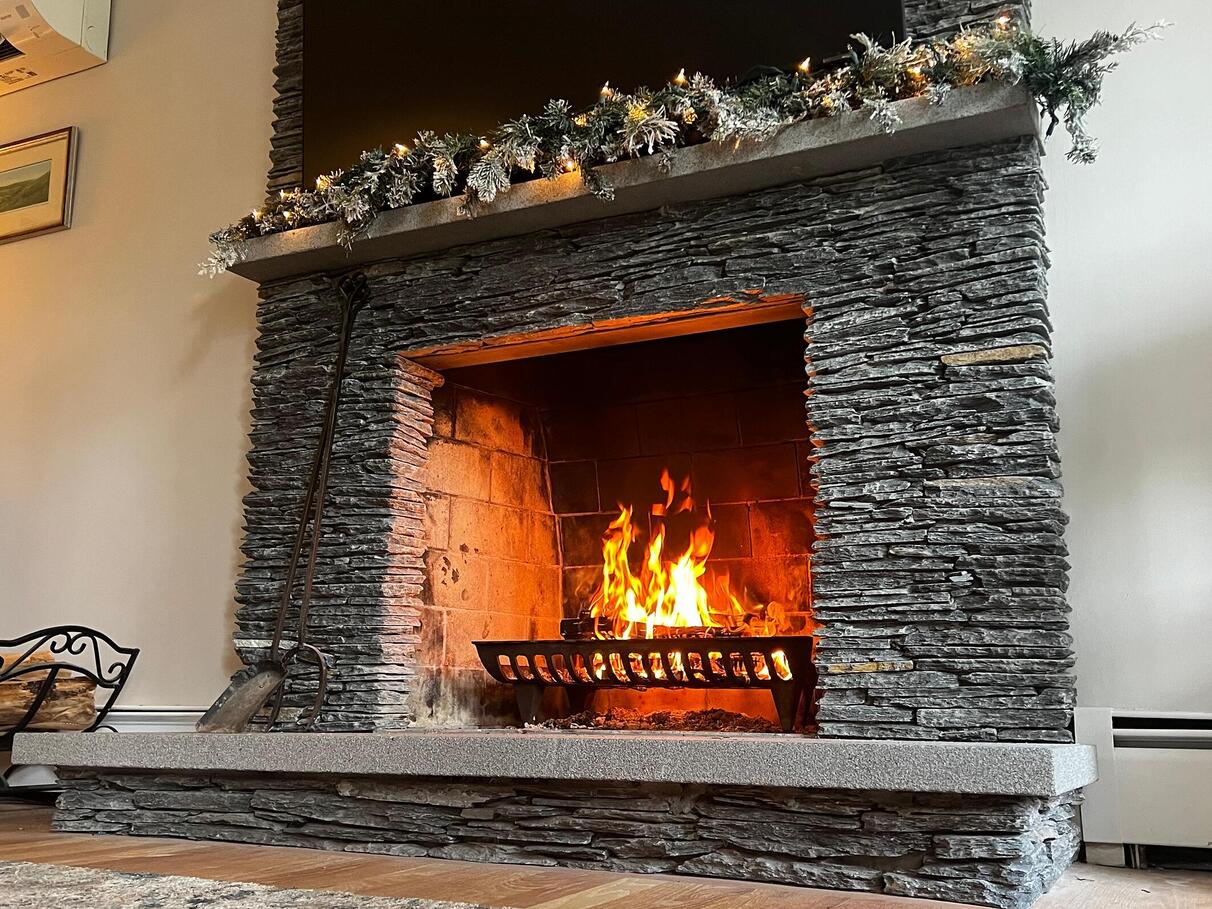
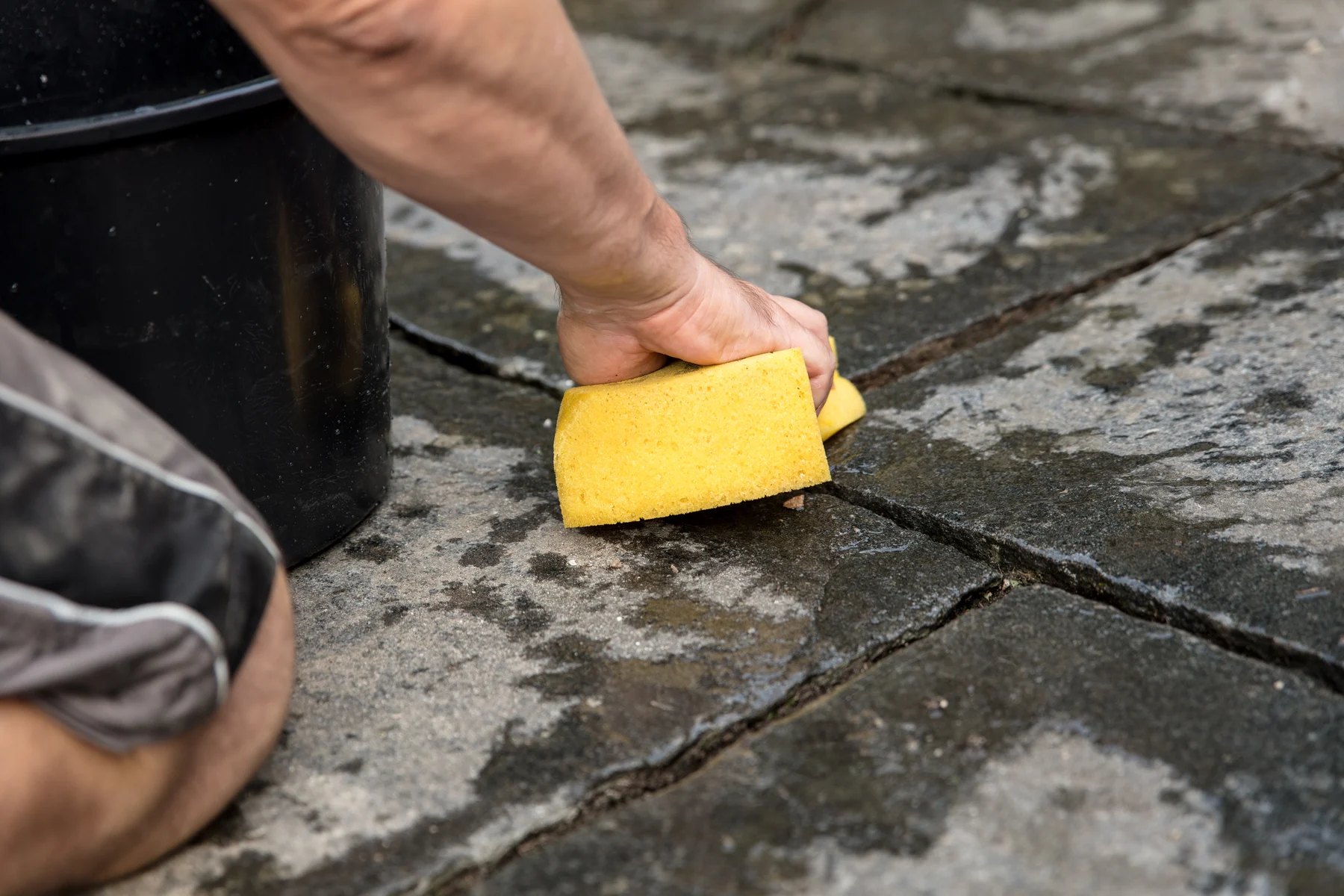
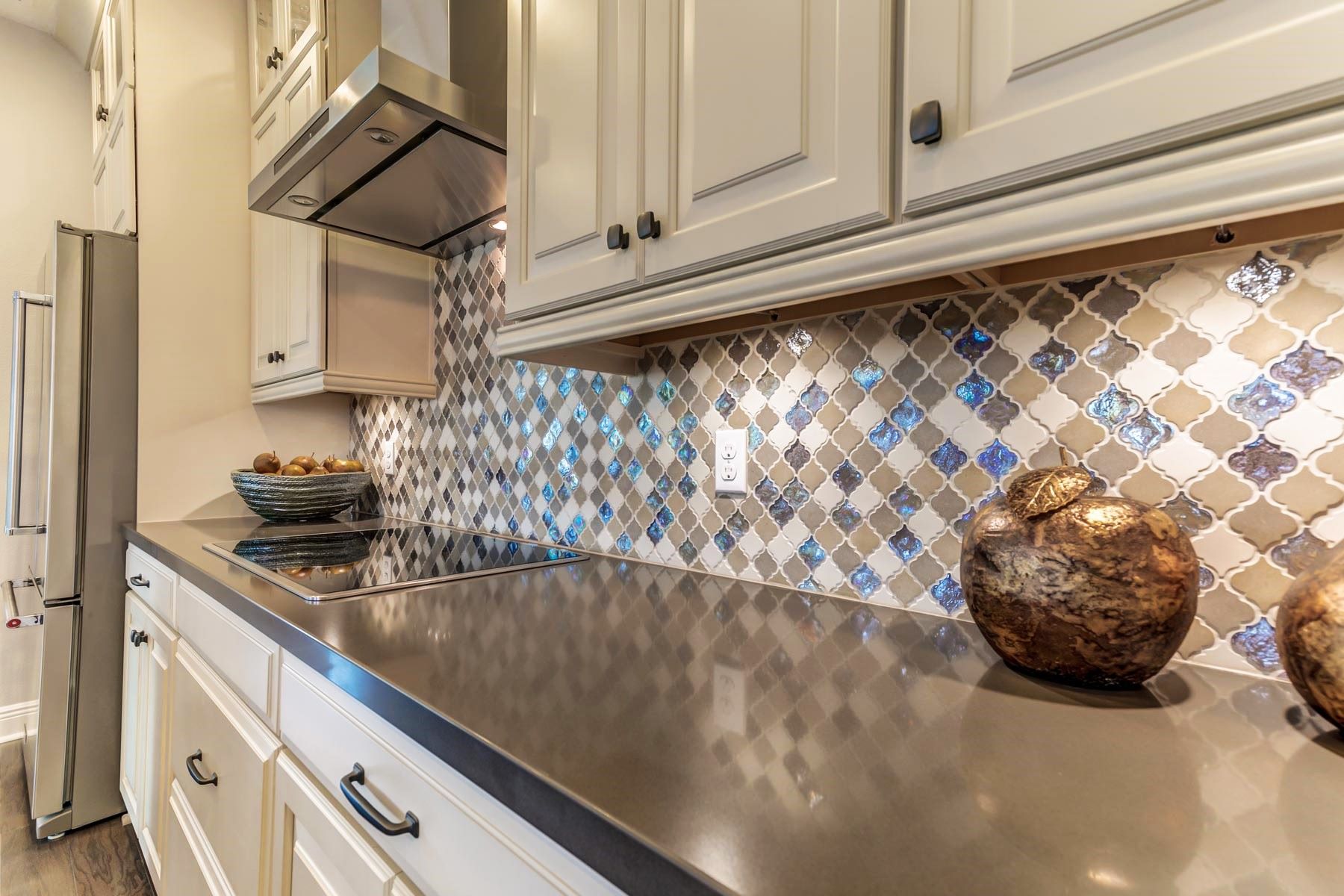
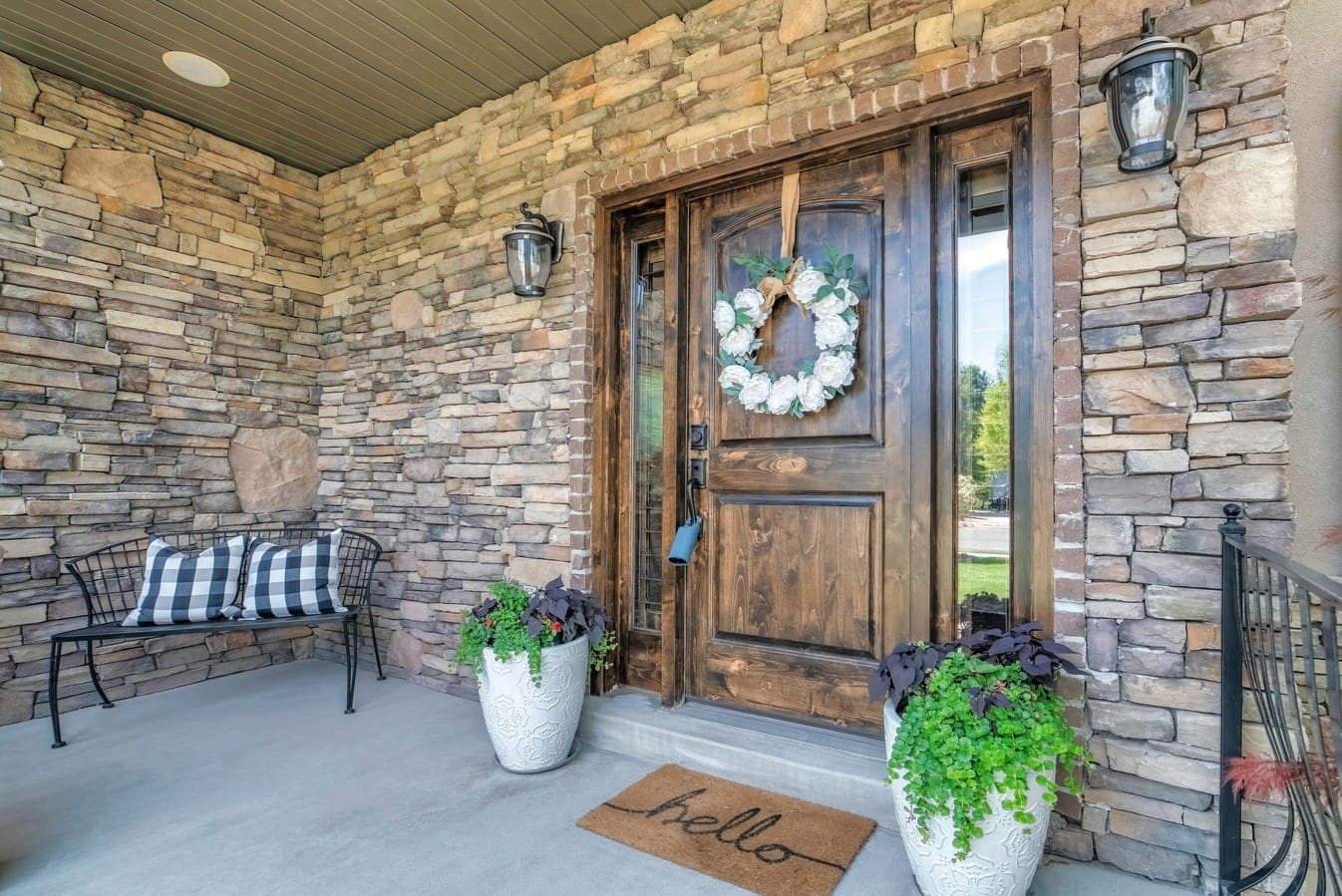
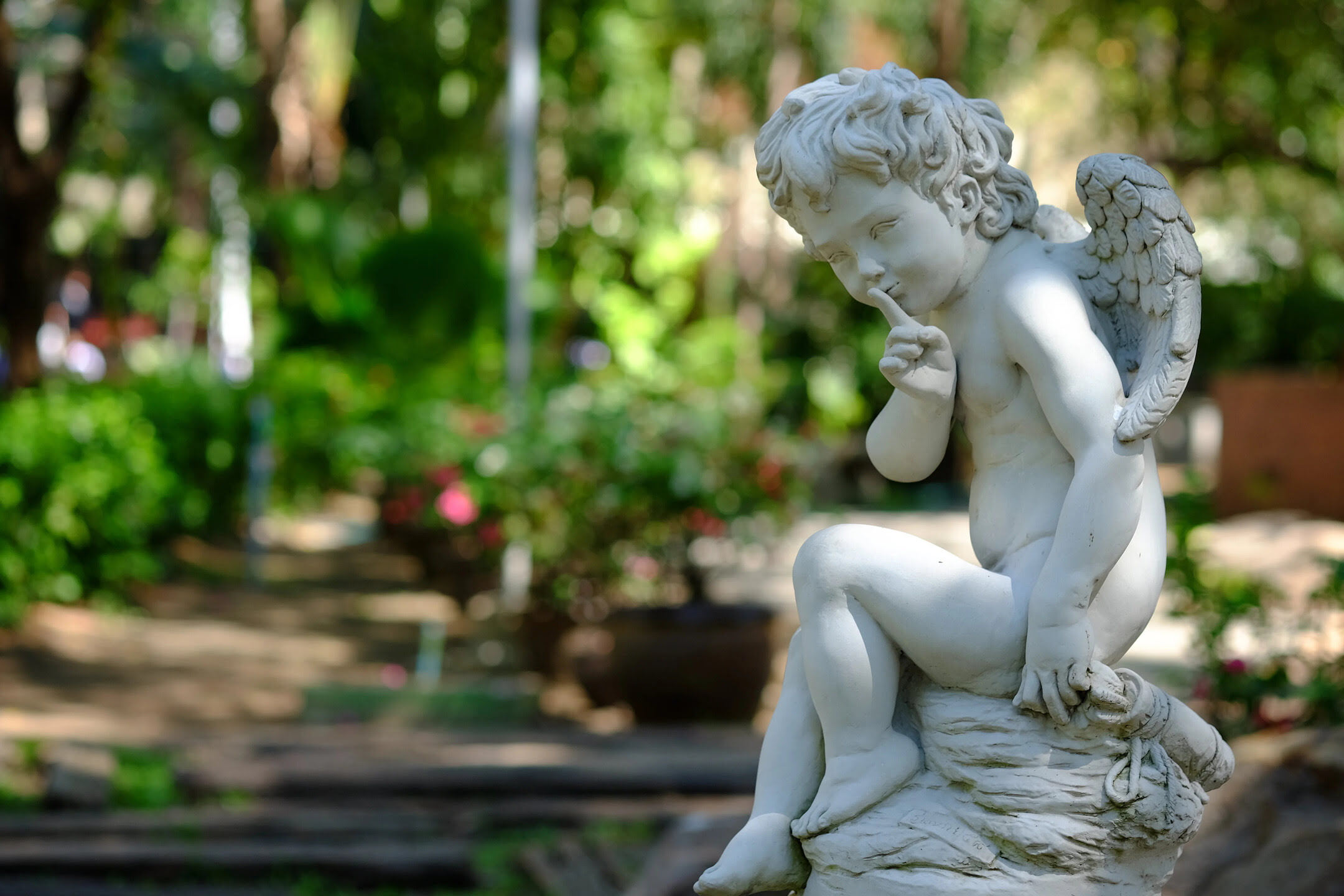
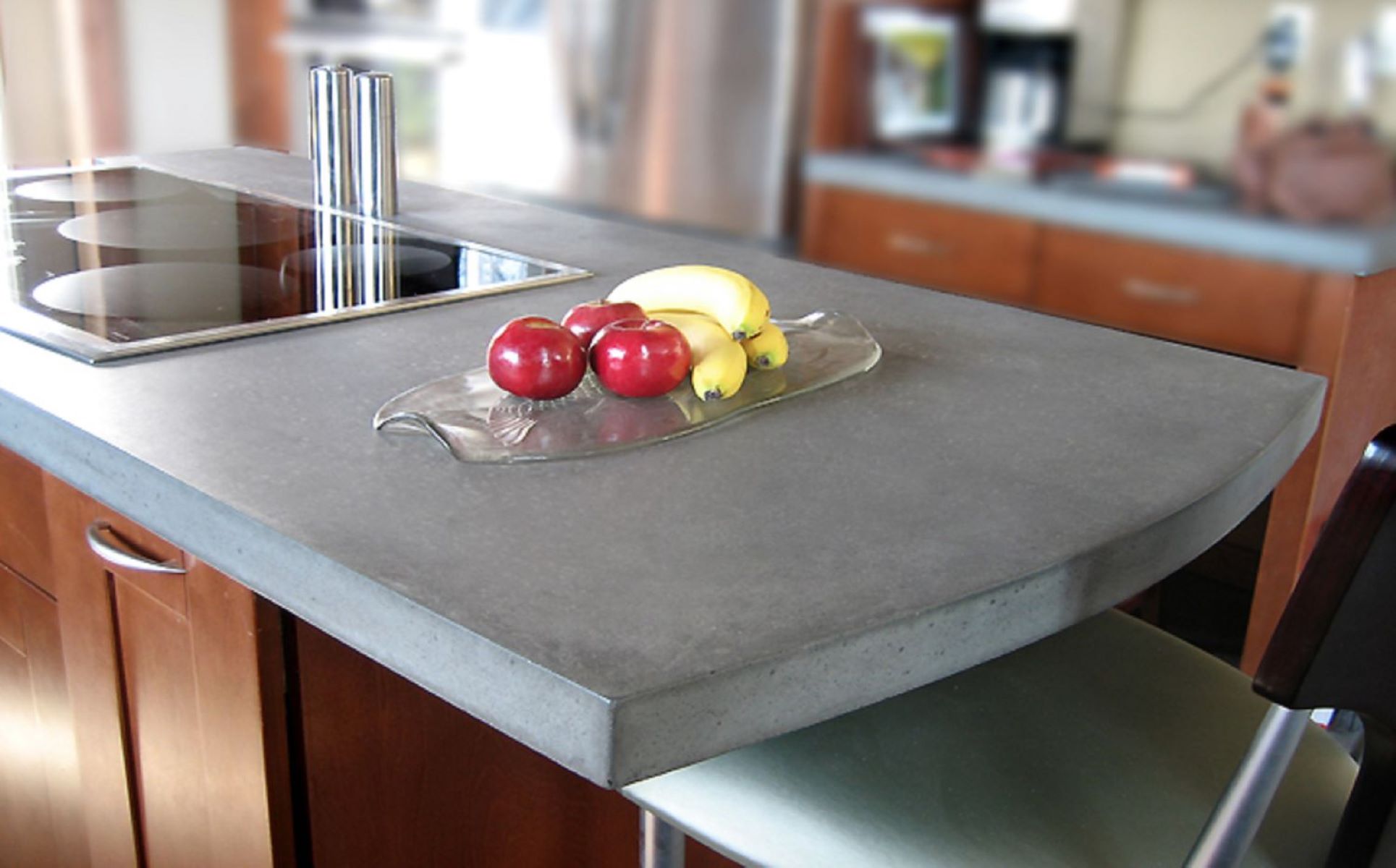
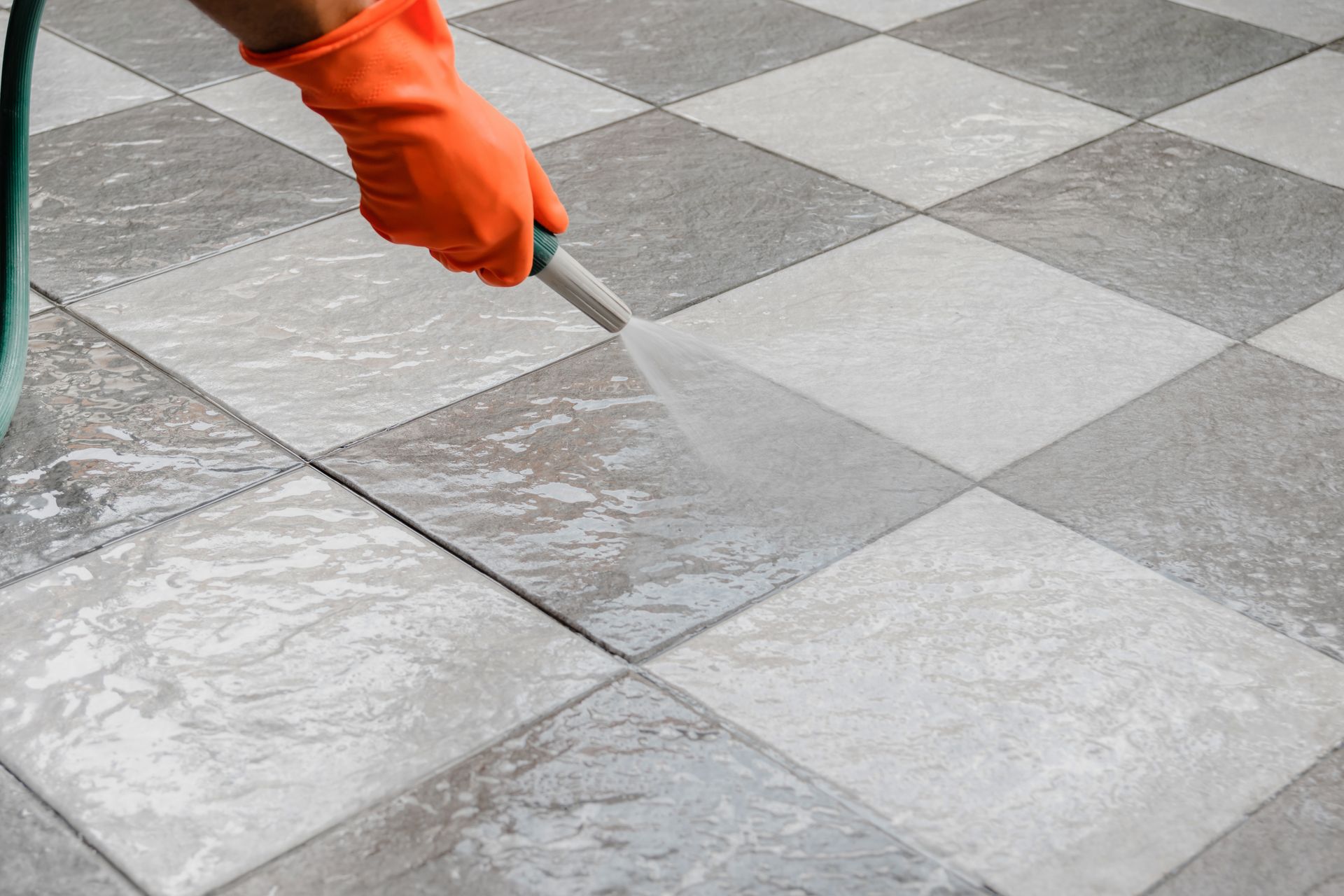
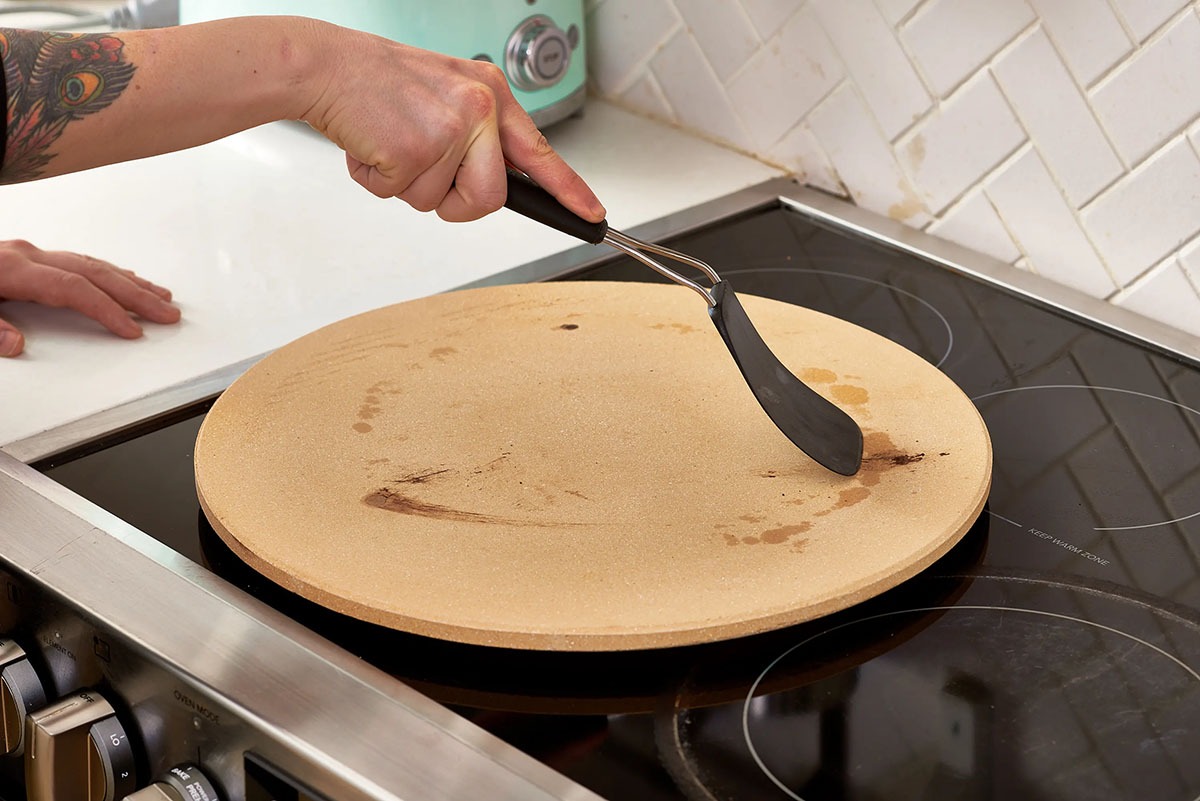
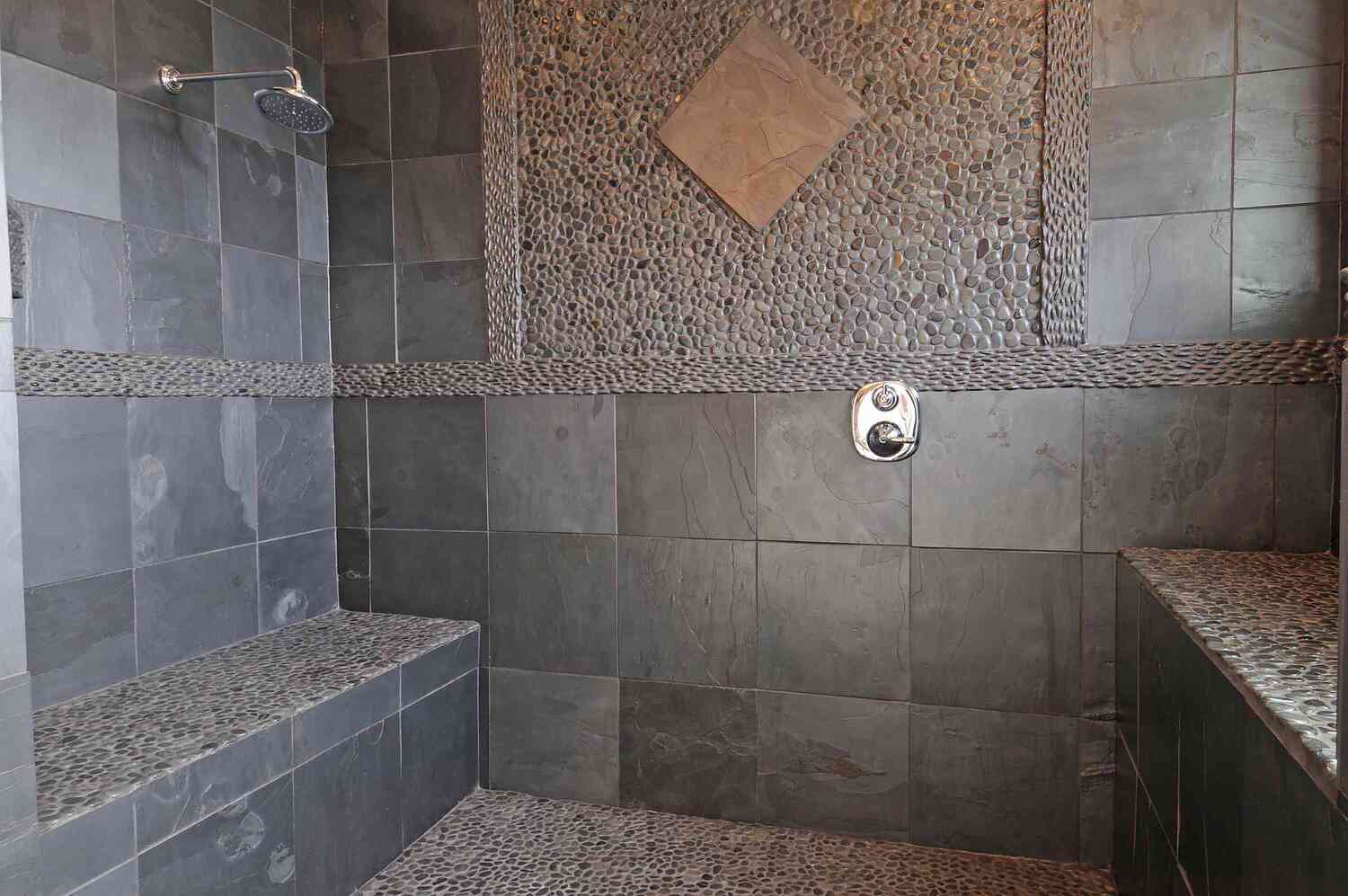
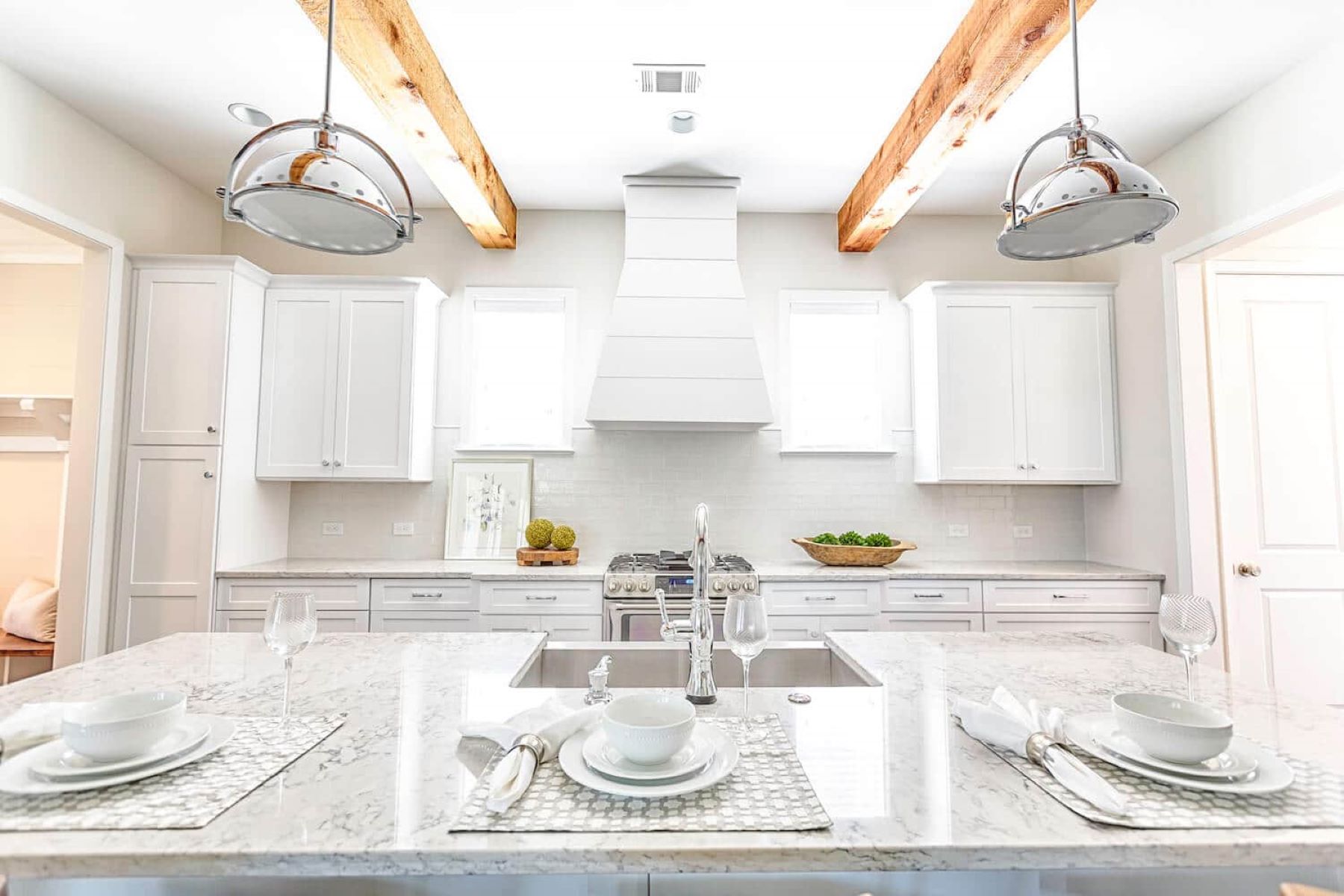
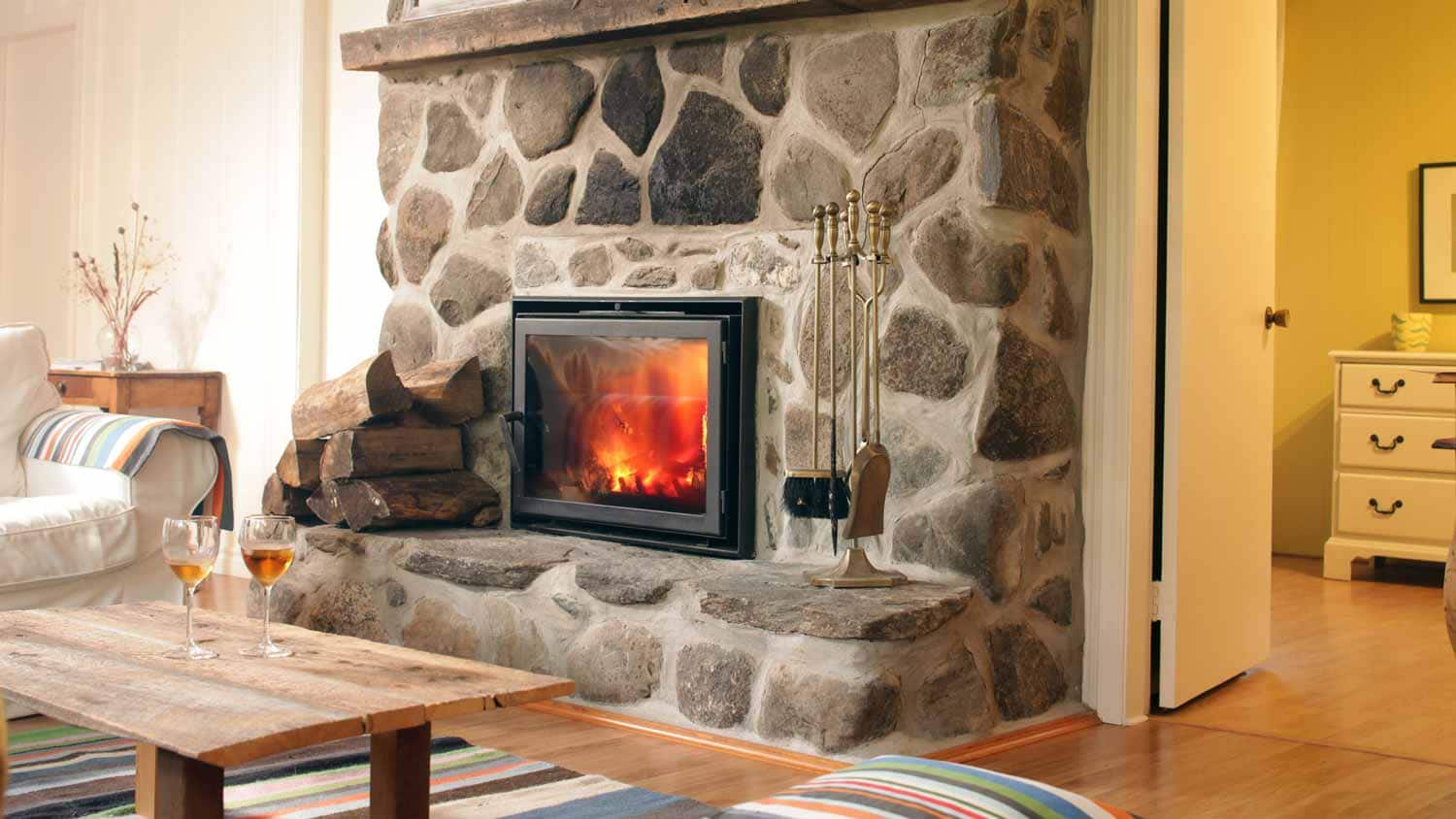
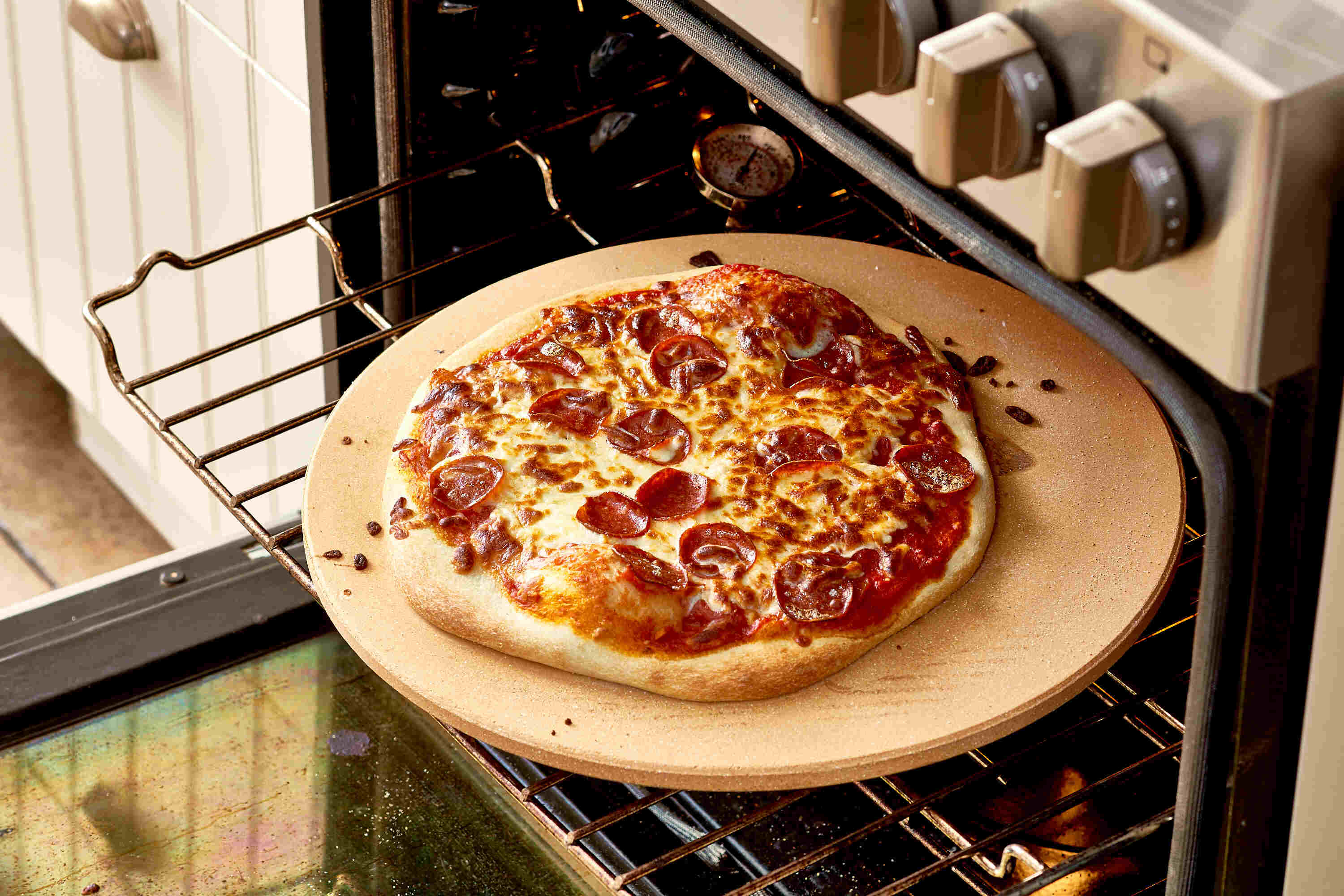
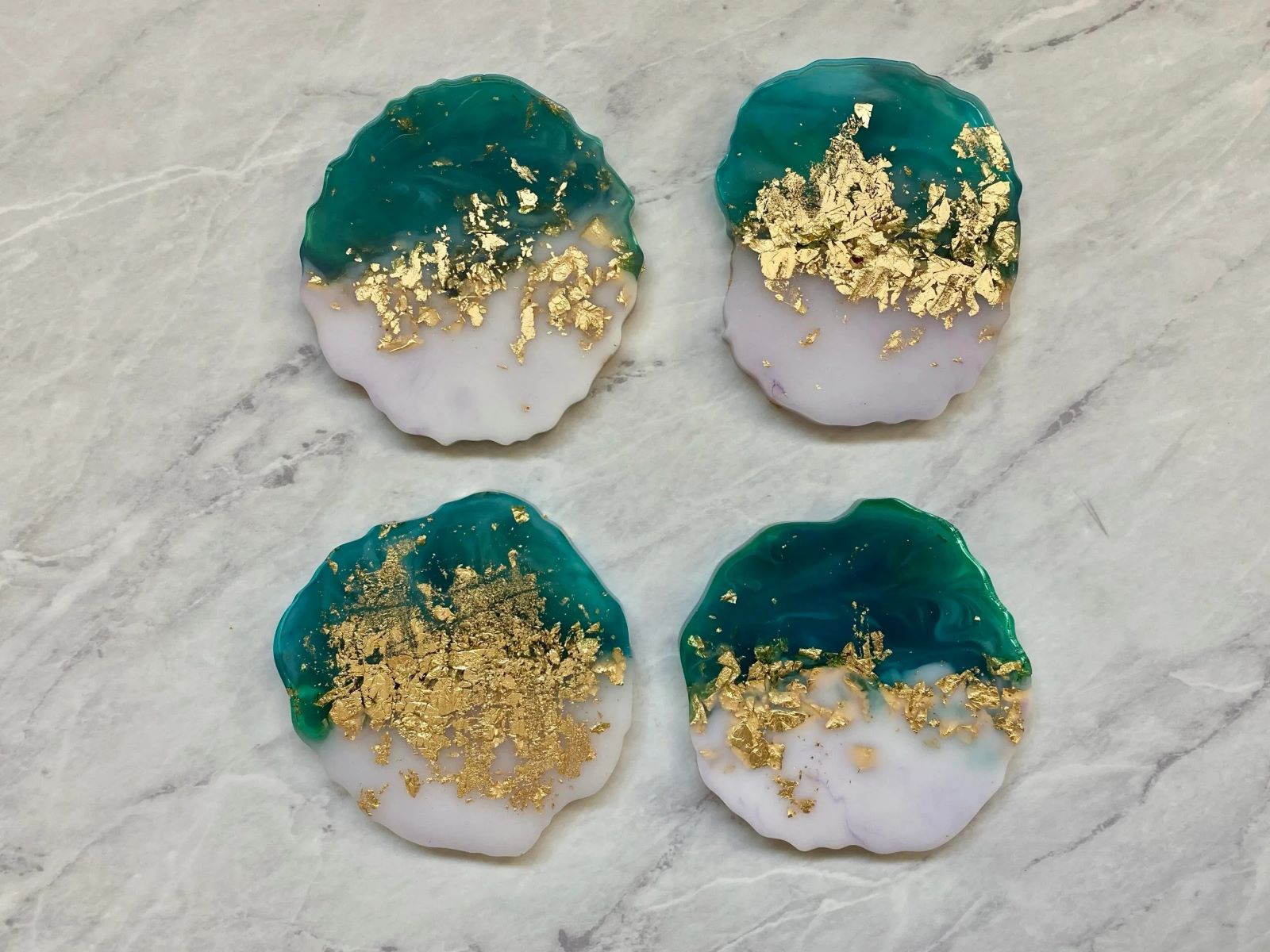
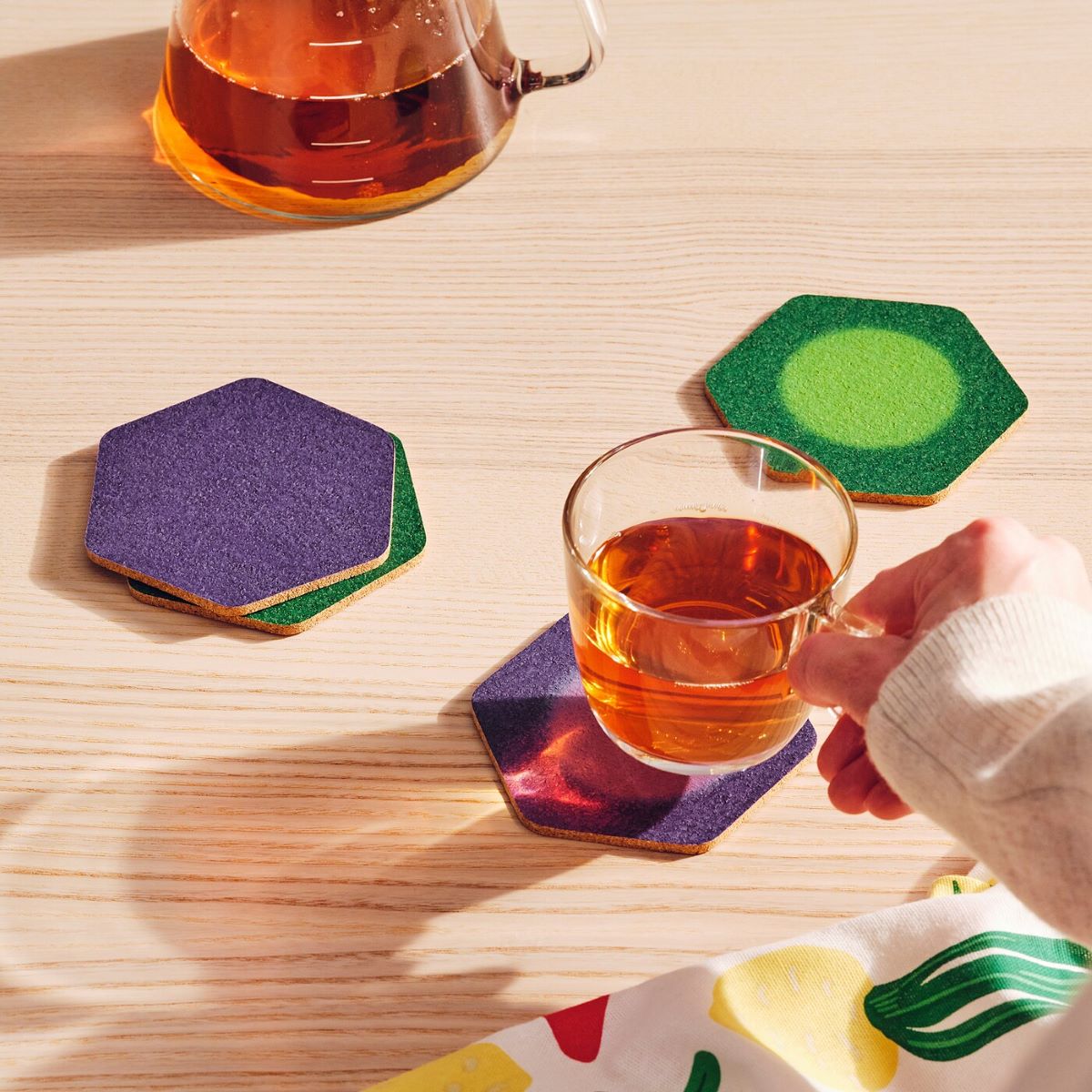

0 thoughts on “How To Clean Stone Coasters”